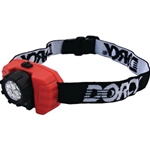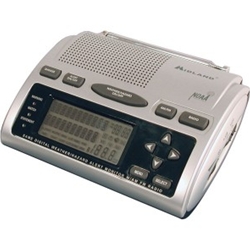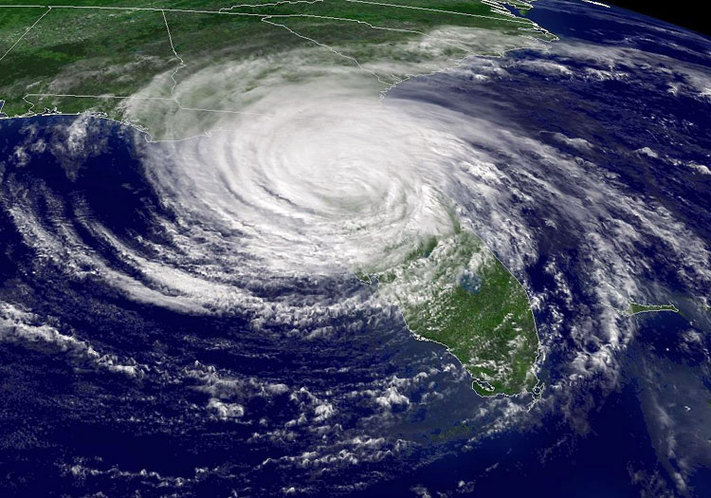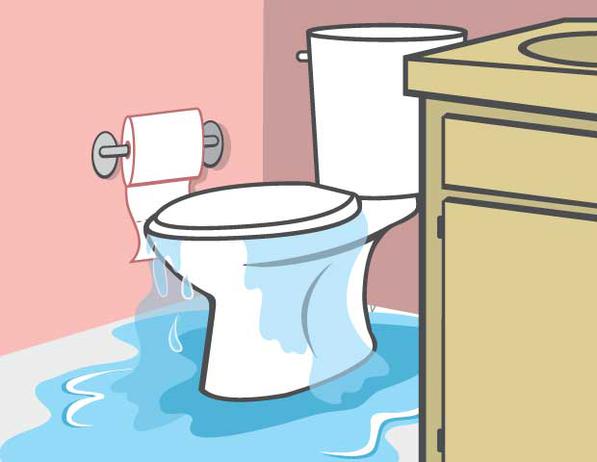Forecasters at the National Oceanic and Atmospheric Administration (NOAA) Climate Prediction have predicted above-normal hurricane seasons on both coasts this year. While the “official” hurricane season runs from June 1 through November 30, August signals the start of the peak period for these dangerous and often devastating storms.
If you live in a hurricane beltway, now is the time to make the necessary preparations for keeping your home and family safe when high winds, heavy rain, flooding and storm surges arrive. Our basic Hurricane Survival Guide includes everything you need to have on hand before the next storm hits.
(1) Food and Water for 3 to 5 Days
- At least 5 gallons of water per person
- Canned and non-perishable food (plus a manual can opener for opening cans)
- Baby food or formula
- Pet food and extra water for animals
- Clean containers for extra water
(2) Health and Safety Items
- 30 days worth of prescription medicines
- First aid kit and instructions
- Fire extinguisher
- Sleeping bags or extra blankets
- Supplies to make drinking water safe (like iodine tablets or chlorine bleach)
(3) Battery-Powered Lighting and Chargers
 Battery-powered flashlights or headlamps for hands-free lighting, along with extra batteries
Battery-powered flashlights or headlamps for hands-free lighting, along with extra batteries- Smartphone charger like the EcoCharge 2,600mh Waterproof Power Bank to charge all of your USB devices in any situation where you need backup power
(4)Personal Care Products
- Hand sanitizer and wet cleaning cloths (like baby wipes)
- Soap, toothpaste and toothbrushes
- Diapers
- Tampons and pads
(5) Weather Alert Radio
- NOAA Weather Radio with tone alert to receive up-to-the-minute information on severe weather developments and other emergencies,
 For the visually or hearing impaired, a weather alert radio with a strobe or vibrating bed shaker
For the visually or hearing impaired, a weather alert radio with a strobe or vibrating bed shaker
(6) Ditch Kit
- Cash or traveler’s checks
- Important family documents such as copies of insurance policies, identification and bank account records in a waterproof, portable container
- Drivers license, credit cards, passport and cell phone
7) Emergency Car Kit
- Food and snacks that don’t go bad and bottled water
- Flares or super bright battery-powered road flares
- Jumper cables or a battery-powered jump starter
- Maps
- Roadside emergency kit

- First aid kit and instructions
- Fire extinguisher
- Sleeping bags or a plug-in travel blanket
- GPS (either in your car or on your smartphone)
Advance Planning Can Make All the Difference
Stocking up on basic emergency supplies is essential for hurricane survival in the event you lose power or are stuck at home for days. Don’t forget to make a family emergency plan to ensure that family members can communicate with each other if you are separated or get stranded at work or school.
For more information, the NOAA website includes a series of detailed checklists covering everything from evacuation planning to updating your insurance policy. We also offer an array of easy, low-cost home safety ideas and flood prevention products designed to help you keep your home and family safe and secure — no matter how many storms develop this year.




